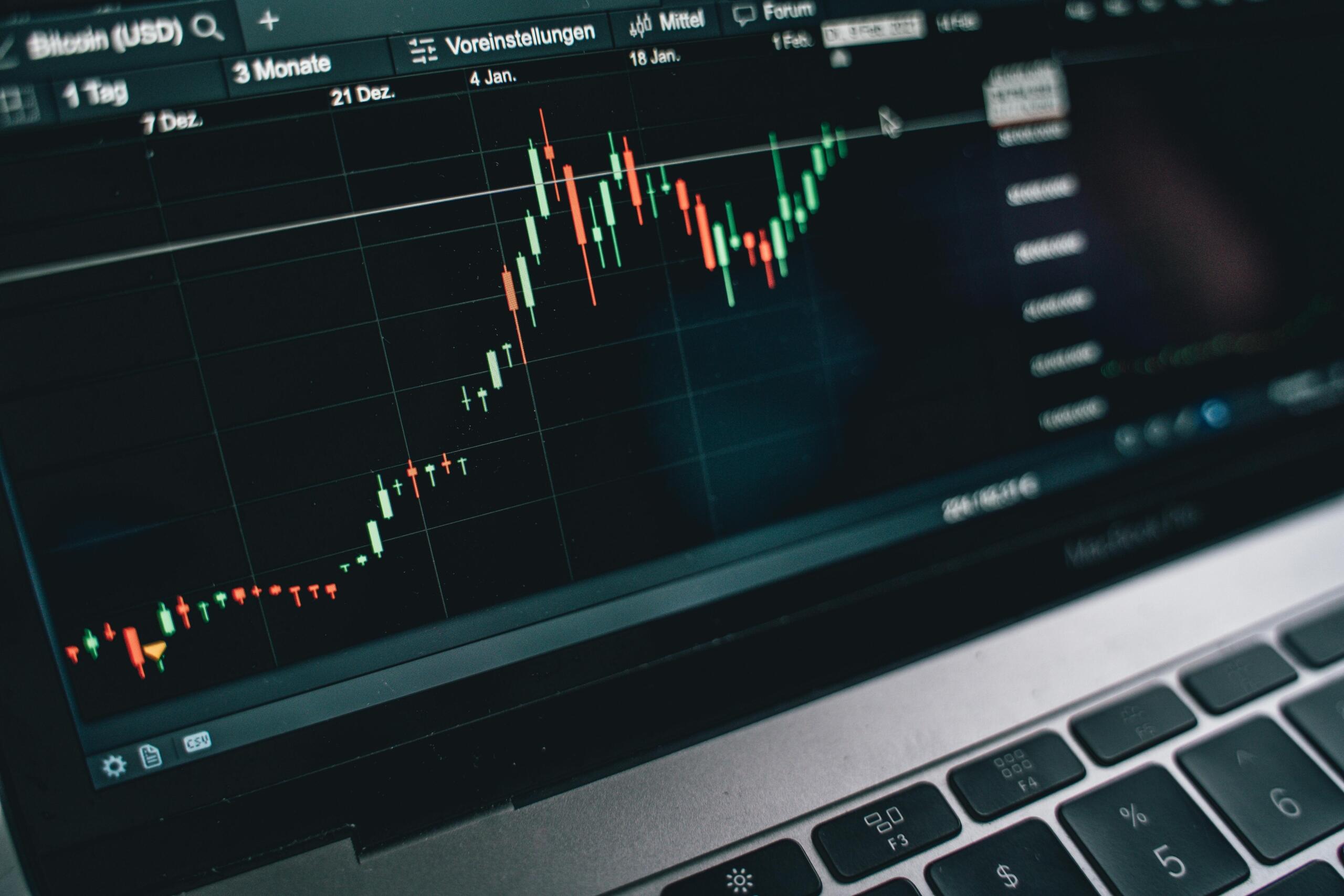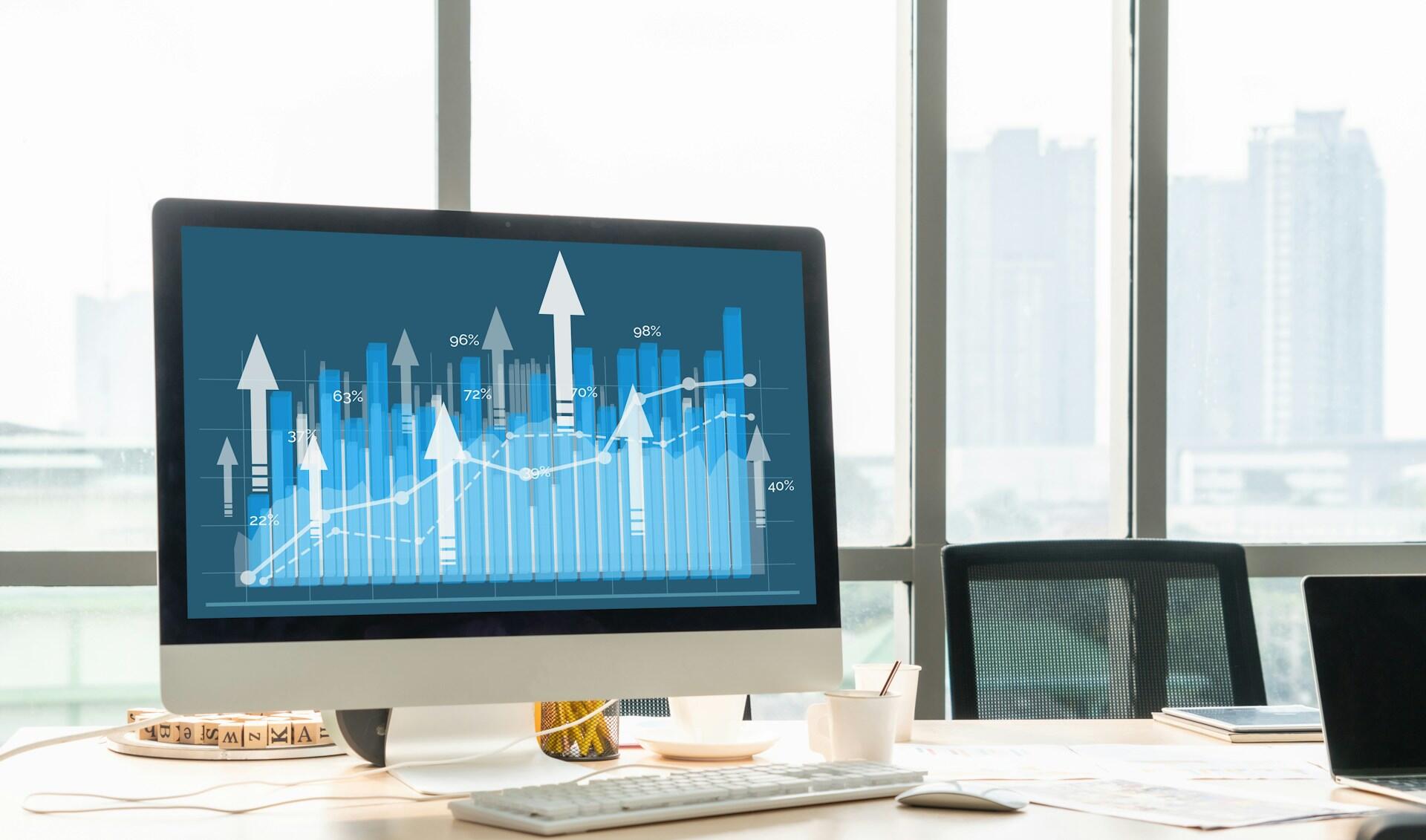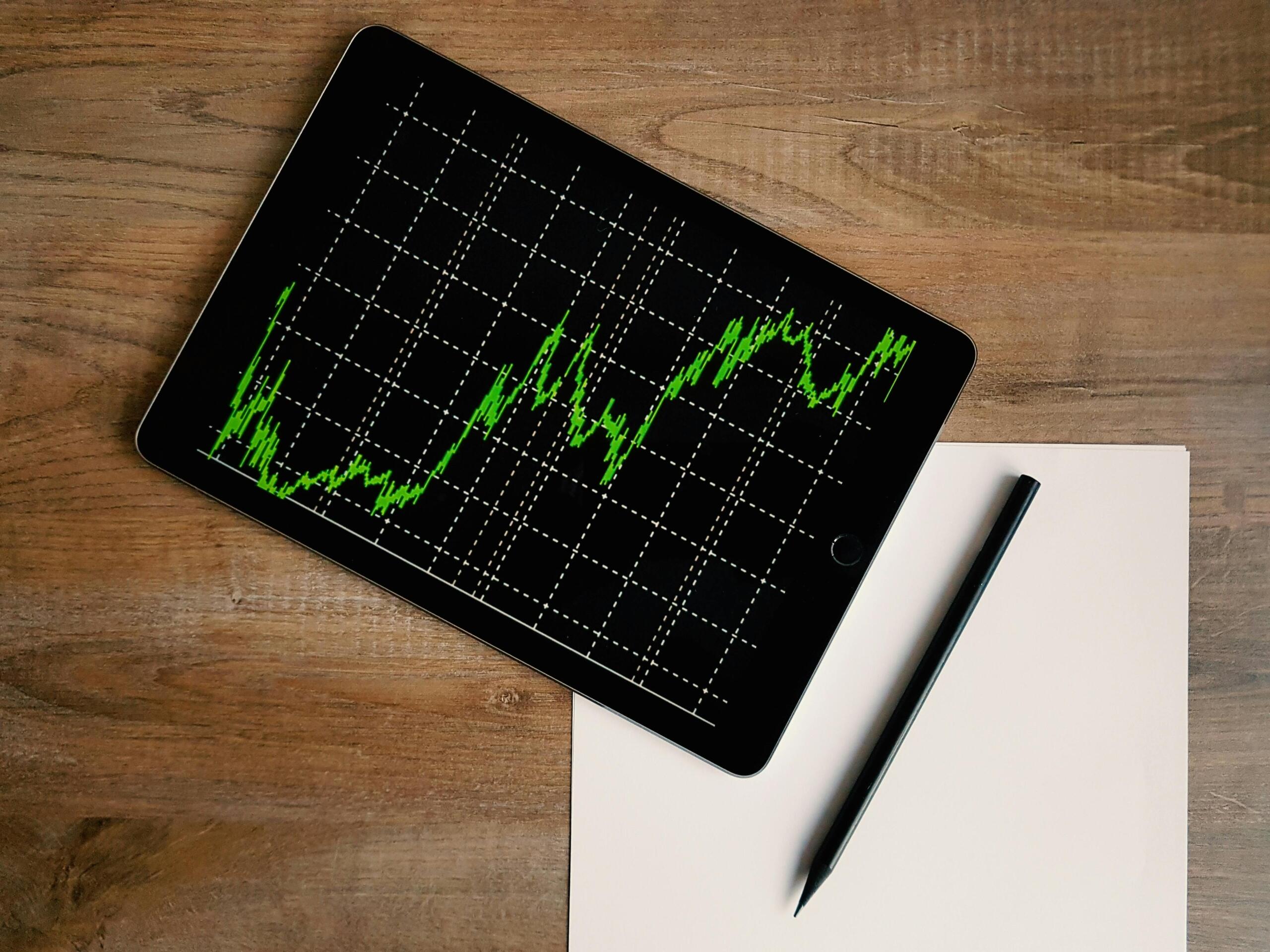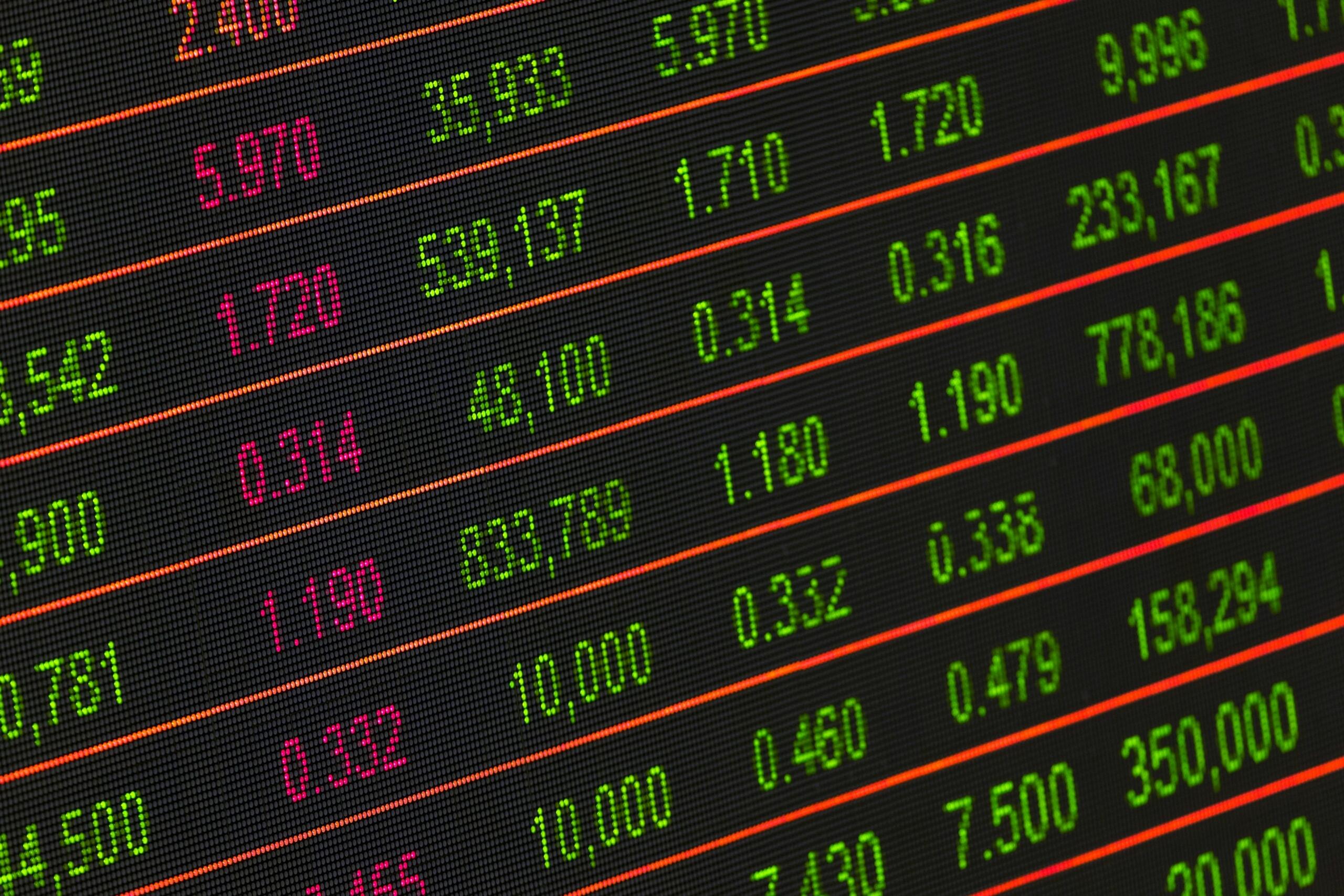Anyone who would like to develop their knowledge of economics, either to improve their studies or out of general interest, should be very familiar with some of the most common economic concepts and terms. This is because knowing key economic terms, from supply and demand to econometrics and monetary policy, will deepen your understanding of the field and enhance your ability to analyze economic trends. Familiarity with these concepts not only improves your credibility when discussing economic matters but also strengthens your critical thinking and problem-solving skills. Learning these key terms serves as a foundation for broader economic study, allowing you to engage more confidently in discussions and apply economic principles effectively.

Key Economic Terms
Below are 30 introductory terms that are commonly used in the field of economics and which may be used during your studies in economics. Even if the terms below are not taught as an aspect of your curriculum, they will often be referenced in your wider economics reading. For example, these terms are often mentioned in blog posts, economics news articles, or even during economics podcasts.
Bear Market
The principle of a bear market is simple enough. Essentially, it represents a negative or pessimistic outlook on a stock market’s performance, often with such markets falling into a downfall spiral, where prices continue to drop. As a result of a bear market, selling of stocks tends to increase, additionally, investors expect, and may well receive, increased losses from their investments.
Bull Market
A bull market represents a much more positive outlook on a stock market’s performance compared to a bear market. In a bull market, stock prices either have or are expected to increase.

Find the best economics online tutor here.
Business Cycle
The business cycle refers to the overall expansion and subsequent contraction of an economy over a period of time. As a result, the business cycle is part of the wider field of macroeconomic theory. You can find a definition of macroeconomics below.
Comparative Advantage
A term attributed to economist David Ricardo. Comparative advantage is a theoretical concept that describes the ability of one party to produce goods and/or services with a lower opportunity cost compared to another party or parties. See below for a definition of opportunity cost.
Deflation
Deflation is the opposite of inflation. It occurs when demand reduces, and this, in turn, produces results such as reduced prices.
Division of Labor
The division of labor describes the process of breaking down tasks so that separate groups or individuals can carry out each task. It is often associated with the production process and overall productivity.
Elasticity of Demand

The elasticity of demand describes how demand for goods or services increases or decreases when the price of that good or service changes.
Goods that generally are susceptible to the elasticity of demand should exhibit the following patterns:
- A decrease in the cost of the good will lead to an increase in demand.
- An increase in the cost of the good will lead to a decrease in demand.
Financial Markets
Refers to a market or marketplace where financial assets are bought and sold. A common example of a financial market is a stock exchange. Additional examples include:
- Bond markets
- Money markets
- Capital markets
- Cryptocurrency markets
- Commodities markets
- Secondary markets
Fiscal Policy
Fiscal policy refers to a government’s spending and how it affects the economy, particularly if spending levels change.
Gross Domestic Product (GDP)
GDP is often used as a measure of a nation’s economic performance and activity. It is usually calculated on a quarterly or annual basis.
Growth Rate
The growth rate is a measure of growth and how it increases over a period of time. It can be used to describe economic growth, gross domestic product, or items such as annualized growth rates for a company.
Interest Rates
An interest rate is calculated by applying a percentage to the amount of the principal being borrowed.
A common example of a principal is a loan or some other form of debt.
The amount of interest charged is usually calculated by reference to an annual rate.

Inflation
In its simplest terms, when there is inflation, there is a rise in the prices charged for goods and services. Where an economy has inflation, the cost of living tends to rise.
Keynesian Economics
Developed by the economist John Maynard Keynes, Keynesian economics describes Keynes' economic theories and beliefs, which contained the conviction that government involvement in the economy through spending and taxes could help increase demand and move an economy out of a depression.
Find out about Nobel Prizes in economics.
Law of Demand
The law of demand examines how customers’ buying habits change when prices increase. Specifically, the theory posits that all other things being equal, when prices of a good increase, the demand for that good falls.
Law of Supply
The law of supply states that all other things being equal, an increase in price levels results in an increase in the quantity of those goods that are supplied.
Macroeconomics
Macroeconomics studies how the economy behaves in the aggregate, i.e. as a whole. Concepts examined in macroeconomics include:
- Inflation;
- The level of prices in the economy;
- Growth rate.

Marginal Utility
Marginal utility refers to the amount of satisfaction a consumer has by consuming a good or service. Marginal utility can be used by economists to gauge how much of a good or service a consumer should buy.
Microeconomics
The opposite of macroeconomics is microeconomics. Microeconomics focuses on how individuals and companies act within an economy, and how their behaviour also influences an economy.
Monetarism
Monetarism is a school of thought that centres on the idea that the volume of money in an economy is a key factor in the amount of economic activity and growth. It is a theory that sits in contrast to Keynesian economics.
Monetarists believe that changes in the money supply are the primary determinant of economic activity, including inflation, unemployment, and output. Monetarism is rooted in the quantity theory of money, which states that the money supply (M) multiplied by its velocity (V) equals the price level (P) multiplied by the quantity of goods and services (Q) (MV = PQ).
Find great economics lessons here on Superprof.
Oligopoly
A term used within the area of market share. In a monopoly, there is only one supplier in the market, and in a duopoly, there are only two. In an oligopoly, there are more than two suppliers in the market, and the actions of one supplier can influence the actions of the others.
Opportunity Cost
Opportunity cost is the cost of missing an opportunity in order to take on a different opportunity. An example of opportunity cost can be seen in investors, who may have to forego investing in one company in order to invest in another.
Stagflation
Stagflation describes an economy that is experiencing slow economic growth, whilst also experiencing inflation and high levels of unemployment. Stagflation is far less common than inflation or deflation.
The Invisible Hand
An idea introduced by the philosopher Adam Smith, the invisible hand describes the benefits that society at large can enjoy as a result of the actions of self-interested individuals. The invisible hand was an argument used to advocate the benefits of a free market.
Trade Barriers
Trade barriers relate to a government policy or regulation that limits or controls international trade. Examples include:
Tariffs
Trade quotas
Embargos
Bond
A fixed-income investment where an investor lends money to a borrower (typically a corporation or government) in exchange for periodic interest payments and the return of the principal amount at maturity.
Capital
Financial assets or resources, such as cash, investments, or equipment, used by businesses and individuals to generate wealth and economic growth.
Market Economy
An economic system where the production and pricing of goods and services are determined by supply and demand, with minimal government intervention.
In the U.S. market economy, consumer spending accounts for roughly 68% of GDP, while government spending and investment contribute 18% and private investment 16%.
Microeconomics
A branch of economics that focuses on the behavior of individuals, households, and businesses in making decisions about resource allocation and pricing.
Supply
The total amount of a good or service that is available to consumers at a given price, influenced by factors such as production costs, demand, and market conditions.
Create Your Own Economics Glossary
The difficulty in understanding economics is that there is so much terminology within the field. However, if you take some time to learn core economic concepts, such as those outlined above, then you’ll be able to:
- Speak with more confidence when discussing economic matters;
- Understand more about which theories and concepts belong to which area of economics, for example, macroeconomics or microeconomics; and
- Use these terms during your exams or in essays, which will show your teacher or lecturer that you’re comfortable using and highlighting such terminology.
The above Instagram page is great for learning about all sorts of subjects. Their glossary of terms used in economics may also help propel your grade in your next exam. Although it can take some time to get to grips with terms of economics, the best tactic to improve your understanding of such key terms is to try and learn new terminology at a slow, but regular, pace. For example, you could aim to learn between one and three new terms every week. This would mean that, well before you get to the end of the academic year, you’ll be very comfortable with terms such as those above and what they mean, and you'll have taken the time to commit such terms to memory so that you can remember them for years to come.
Of course, if you need or would like to learn such terminology quicker and in a more intensive fashion, then you can always hire an economics tutor to help you revise core economic terms and concepts. Aside from helping you learn such terms, an economics teacher or a tutor can:
- Give you exercises that consolidate your knowledge of economic terms;
- Provide you with learning techniques to help you during your revision;
- Identify areas or key terms that you're struggling with, whether that's concepts that fall within behavioural economics or terms such as stagflation, and
- Complement your school’s curriculum by working with you on the areas you’re having the most difficulty with.
Superprof, for example, has a wide range of economics tutors that you can choose from and begin learning economics terms and concepts. Simply enter your location and Superprof will match you with online and local tutors in your area that would be happy to help you succeed in your studies. Start learning with Superprof today, you can even learn more about economics: the science with your economics tutor!
















this was some awesome research because it is really helping me in my economics teacher’s class so I thank you to whoever made this website.
Nice Article
The Keynsian current approach with our fiat money is currently causing havoc! Really nice page you have done here. Excellent !!
Thank you for your comment, Kem!